Follow us
The Women of 90s Country: An Appreciation
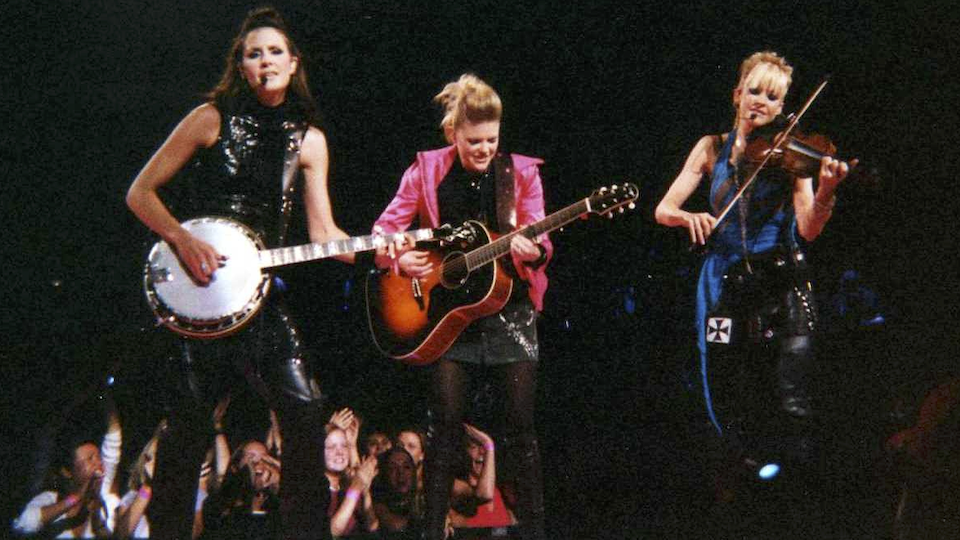
There was a time in the late 80s/early 90s when country music was experiencing a rebirth and a reinvention. We were (mercifully) past the Urban Cowboy phase, and a crop of young artists were on the upswing, artists with a reverence for the roots of the genre.
I was working in Country radio at the time, spending a lot of time in Nashville. I was particularly impressed by the female singers who were replacing the stereotypical “girl singers” of years past. They rocked their own unique style and told modern stories. Sure, they may have had a bad break in relationships, but they picked up where badasses like Loretta Lynn and Patsy Cline left off, giving it right back to those cheatin’ men and pushing on through. These are a few who, to my mind, best represented that welcome shift.
Mary Chapin Carpenter grew up in Princeton, NJ, Washington, DC, and Tokyo. Starting on the folk circuit, she brought a more literary tone to her songs. “He Thinks He’ll Keep Her” (a sly play on a 70s advertising slogan) features a young woman slowly realizing that playing by the rules set out for her (marriage, kids, carpools) just isn’t cutting it.
Besides the great Nashville “pickers” around her, Carpenter recruited artists like Benmont Tench (The Heartbreakers) and the Indigo Girls for the track. It was altogether fresh and reached #2 on the Billboard Country charts.
Rosanne Cash also contributed vocals to Carpenter’s song. Like Carlene Carter (the Carter Family) and Pam Tillis (daughter of Mel), she’s Country royalty as the daughter of Johnny Cash. An ironic piece of synchronicity occurred when she recorded “Tennessee Flat Top Box” unaware that her father had originally done it in 1961. It became a #1 hit for Rosanne and went a long way towards healing the fractured relationship she’d had with him. The elder Cash later said her success with the song was one of his happiest moments.
Raised in Kentucky, Patty Loveless takes her gospel and bluegrass roots seriously. Even when performing shiny Nashville hits (of which she’s had many), Loveless’ voice nonetheless washes each of them with her signature mountain soul (also the name of her excellent 2001 album). I met her when she was new to the scene. While she was painfully shy, when she took the stage, that voice held nothing back and could bring you to tears in an instant.
Of course, you can’t overlook the Dixie Chicks (now, just The Chicks). Starting in 1995, the trio of lead singer Natalie Maines and sisters Martie Maguire and Emily Strayer, wrapped their sometimes-irreverent tunes (“Goodbye Earl”, “Sin Wagon”) in plenty of authentic bluegrass sounds.
Maguire and Strayer are insanely gifted on traditional instruments including mandolin, dobro, fiddle, and banjo, just for starters. And the trio has proven to be ferocious in standing up to the industry forces that nearly took them down after a negative comment about then-President GW Bush (their song “I’m Not Ready to Make Nice” says it all). In the Attitude Department, they give Chrissie Hynde a run for the money.
Yes, 90s country was filled with way too many “hat acts” for my personal taste. Artists like Clint Black, Dwight Yoakam, and Alan Jackson are talented, but the ever-present Stetsons proved a bit of a distraction from their music.
However, the era brought forth a raft of female artists like the aforementioned, plus others including Trisha Yearwood and Martina McBride, who updated Country music’s girl-singer image (and sound) in a non-cliché way.
As the Chicks sang, “Praise the Lord and pass the ammunition…”
-Cindy Grogan
Photo: The Chicks at Madison Square Garden ( Wasted Time R via Wikimedia Commons)






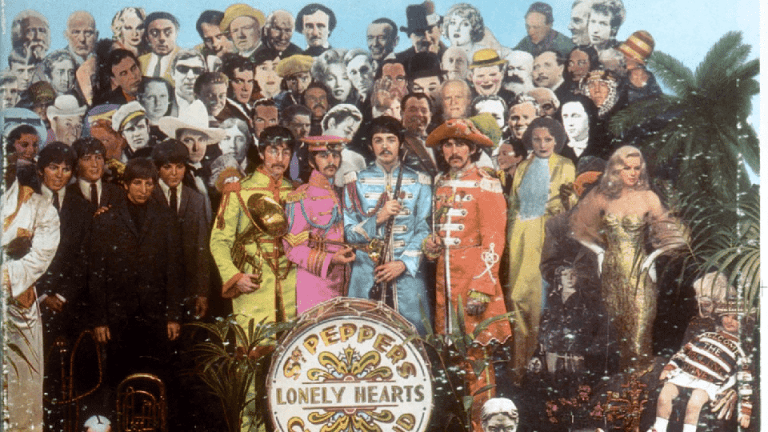
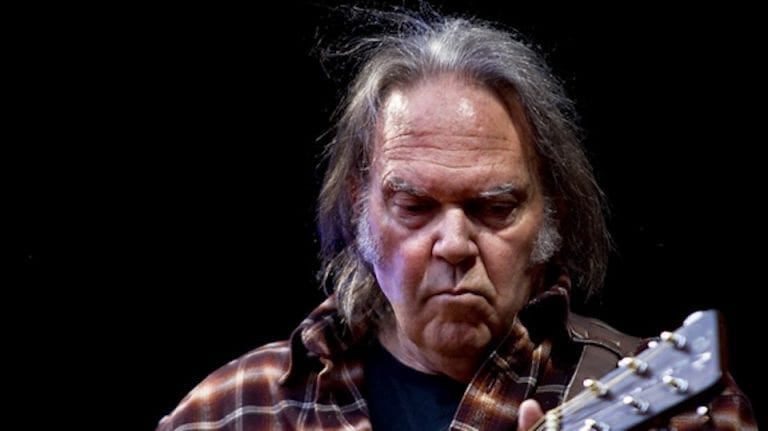



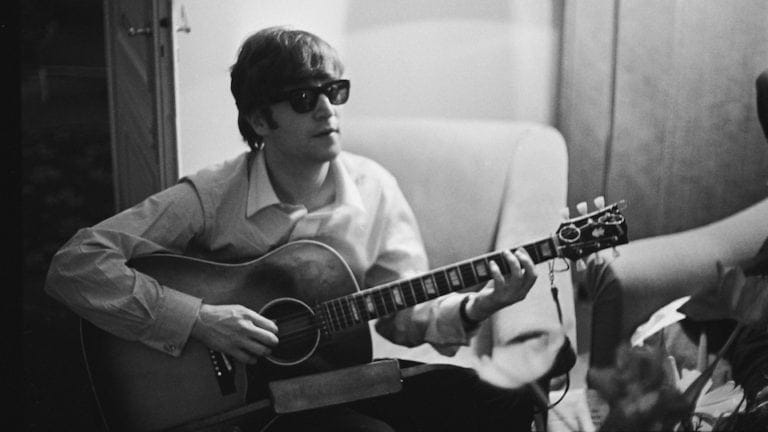



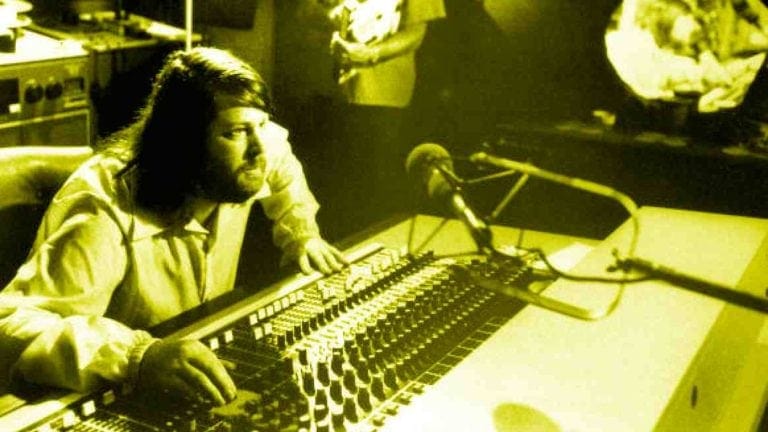
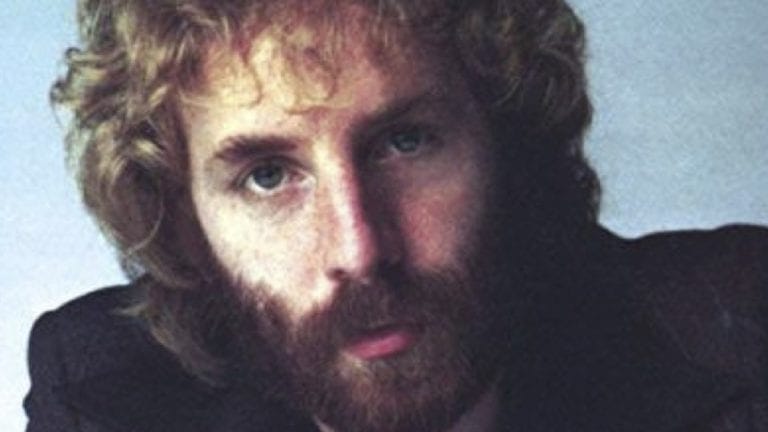
Really nice piece here, Cindy. Country Music seemed to be in a good place in the ’90s, yeah. Before it all started to sound exactly the same. To this powerful list may I add Kathy Mattea and Sara Evans. These ladies also did it their way.